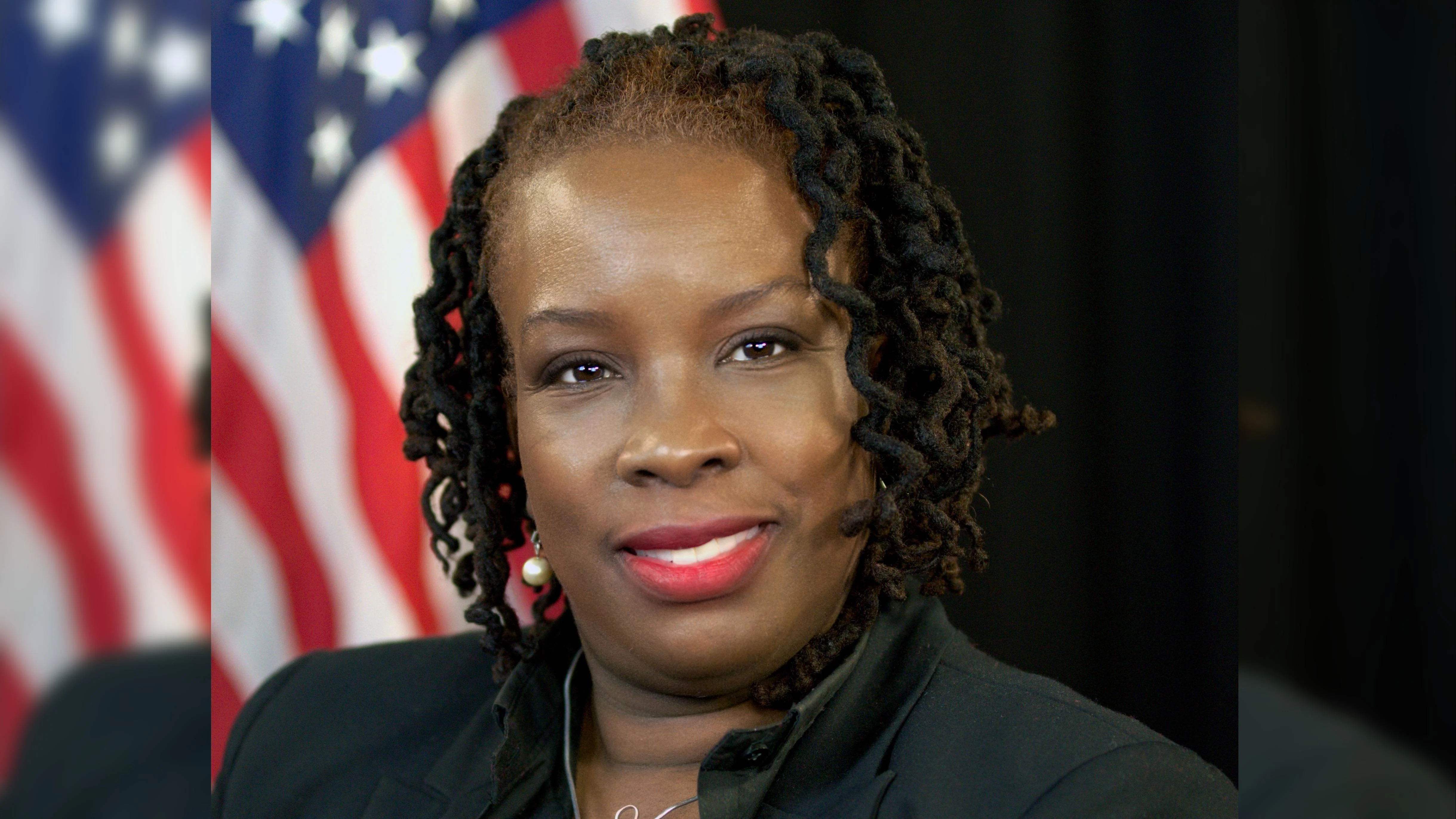The U.S. Small Business Administration (SBA) has announced the availability of low-interest federal disaster loans for small businesses and private nonprofit organizations in South Dakota affected by drought starting April 15. This initiative aims to mitigate economic losses due to the prolonged dry conditions.
The declaration encompasses several counties in South Dakota, including Bennett, Custer, Haakon, Jackson, Jones, Lawrence, Meade, Mellette, Oglala Lakota, Pennington, Todd, and Ziebach. Additionally, it covers Nebraska's Cherry and Sheridan counties and Weston County in Wyoming.
Under this declaration, SBA’s Economic Injury Disaster Loan (EIDL) program is accessible to small businesses, agricultural cooperatives with limited scope like nurseries and aquaculture enterprises but excludes direct support to farmers or ranchers.
These loans are intended for working capital needs resulting from the disaster. They can be used for fixed debts, payrolls, accounts payable and other bills that could not be paid because of the drought impacts. Importantly, businesses do not need to have sustained physical damage to qualify.
“Through a declaration by the U.S. Secretary of Agriculture, SBA provides critical financial assistance to help communities recover,” said Chris Stallings from the SBA Office of Disaster Recovery and Resilience. “We’re pleased to offer loans to small businesses and private nonprofits impacted by these disasters.”
Eligible entities may borrow up to $2 million at interest rates as low as 4% for small businesses and 3.62% for PNPs with repayment terms extending up to 30 years. Interest accruals begin a year after receiving the first loan disbursement.
Applications can be submitted online at sba.gov/disaster or through contact via phone at (800) 659-2955 or email at disastercustomerservice@sba.gov. The application deadline is February 9th next year.
About the U.S. Small Business Administration: The agency supports entrepreneurs with resources necessary for business initiation or recovery from declared disasters via its field offices network across various partnerships.

